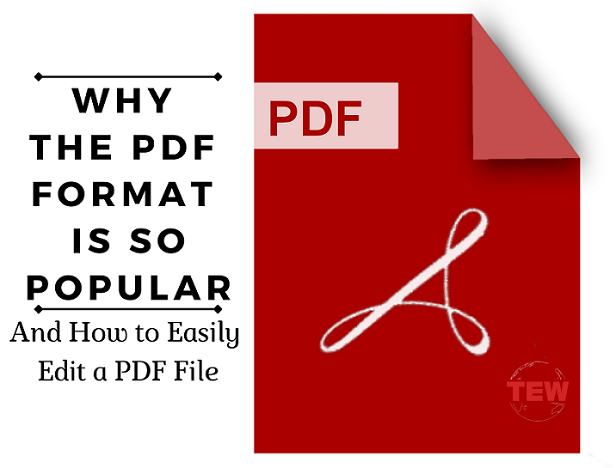As one of the most popular and common file formats globally, PDF File are extensively used in all industries to securely send data and archive information. Although adoption of this file format was slow, once it picked up steam, it saved millions of dollars for the IRS alone in printing costs and changed how we use computers. Thus, the PDF format has staying power, but why?
History of the PDF File Format
In the mid-90s, Adobe released the PDF (Portable Document Format) to the general public. Initially used for publishing documents to print, the PDF was only useful for saving files, not sharing. The PDFs large file format made sharing them awfully slow and tedious.
With the advent of faster “high-speed” Internet connections, the IRS’s backing of the software, and its versatility, the PDF file format became a welcomed alternative to formatting files with a printing company. After Adobe released the Adobe Reader free for all, it became standard use for most businesses, especially after the PDF became an open standard file source in 2008.
What the PDF File Format Fixed
Before the PDF file format, files created using professional software were so large that it was impossible to share them, which resulted in them being made directly by a printing company.
To make it easier for printing companies to open a file, companies would send links that contained elements of the document, including text, graphics, and font colors. While this worked fine from a home computer, the file wouldn’t look right if you used another system. Adobe combined all these assets to make them work together in a small, contained format. Additionally, online PDF converters now offer the convenience of editing and transforming pdf a jpg files, enabling versatile document handling and sharing across different platforms and devices.
Why the PDF File Format Remains Popular
With a PDF file format, users can take advantage of the following features:
- Portability: PDF files look the same on every device that supports this format.
- Sortage: Capable of archiving information long-term and paper-free.
- Security: Allows users to disable the viewer’s ability to copy, print, or edit the document.
- Customizability: Works with fillable fields to add information and sign.
No other file format has these features, and especially its portability. Opening a Word Document into Google Docs will mess with formatting, but PDF won’t change no matter the program. You can compare online these two and see the difference.
How to Quickly Edit a PDF File
Are you convinced you need to use a PDF file but can’t edit it? Use the following tricks.
Editing a PDF File Online
If a contract or business gave you a PDF, they wanted you to edit, but they didn’t allow for this functionality, use a website to edit a PDF online. Simply upload the document, and the software will allow you to edit existing text, contract signatures online, or possibly create PDF forms.
Editing a PDF File Using Microsoft Word
A recent version of Microsoft Word (2013 or later) will allow you to edit a PDF document once you open a file within the program. However, information like cell spacing, tables, form-fill-in features, and font effect will be a bit wonky, but it can work in a pinch with a bit of editing. A better solution is to use PDFCreator to convert the document – click here to convert.
Editing a PDF File Using Google Docs
Similar to Microsoft Word, you can upload a PDF file to this software to make it editable. However, just like with Microsoft Word, you’ll need to adjust the formatting. To change the file format, right-click the uploaded file and scroll to “Open-With.” Choose Google Docs and edit.
Editing a PDF File Using Adobe Acrobat
If you have Adobe Acrobat’s Pro version, you can make any PDF editable by selecting File>Open>Edit PDF on the right-sidebar. To take advantage of this feature for a limited time, you can sign-up for a 7-day free trial. Otherwise, you’ll have to pay a fee.




